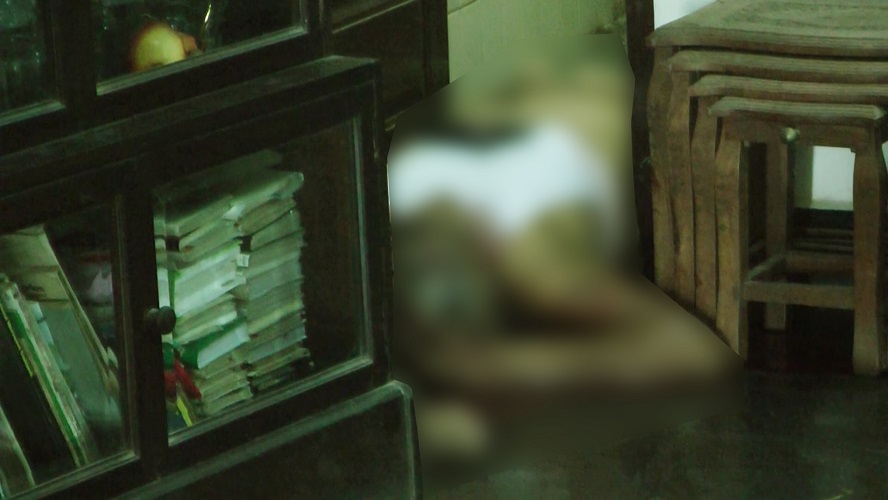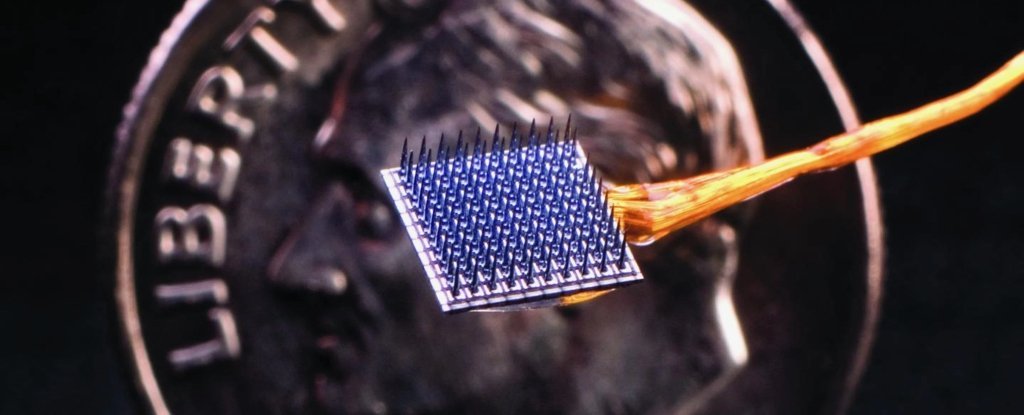There’s nothing quite like crawling into bed, wrapping up in your blankets, and nestling your head into your pillow. But before you get too comfortable, you might want to know that your bed isn’t all that dissimilar to a petri dish.
The combination of sweat, saliva, dandruff, dead skin cells and even food particles make it the optimal environment for a whole host of germs such as bacteria, fungi, viruses, and even tiny bugs to grow.
Here are just a few of the things that lurk beneath our covers.
Bacteria
Our beds can play a host to a vast variety of bacterial species.
For example, research looking at hospital bed linens found that Staphylococcus bacteria were common. These bacteria are typically harmless, but can cause serious illness when they enter the body through an open wound – and certain species of Staphylococcus can cause more harm than others.
Take Staphylococcus aureus, which is fairly contagious and can cause skin infections, pneumonia, and worsen acne. Not only have S. aureus been found to live on pillowcases, research also shows that some strains are resistant to antibiotics.
Research also shows that alongside Staphylococcus, E. coli and other similar bacteria, known as gram negative bacteria, are also common in hospital beds. Gram negative bacteria are a serious health problem as they’re highly resistant to antibiotics and can cause serious human infections – including urinary tract infections, pneumonia, diarrhea, meningitis, and sepsis if they get into the body.
Some strains of E. coli can also be very infectious, and may cause urinary tract infections, traveler’s diarrhea, and pneumonia. This is why washing your hands properly after using the toilet is important to prevent transferring this bacteria to other parts of your home.
Of course, hospitals are very different from our at-home environment. But that doesn’t mean it isn’t still possible for these bacteria to get into our beds. In fact, around a third of people carry Staphylococcus aureus in their bodies.
People that carry S. aureus can shed the organism in large numbers – meaning it’d be pretty easy for Staphylococcus bacteria to be transferred into your bed at home.
Bugs
You shed around 500 million skin cells per day – while sleeping in bed. These skin cells may attract and be eaten by microscopic dust mites. These mites and their droppings can trigger allergies and even asthma.
Bedbugs can also be a danger. Although these tiny bugs (around 5mm long) haven’t been shown to transmit disease, they can cause itchy red bite marks – alongside a variety of mental health effects, including anxiety, insomnia, and allergies.
Bedbugs can be carried into homes on soft surfaces, such as clothes or backpacks, or by other family members.
Washing and drying bed linens on a high temperature (around 55°C) will kill dust mites, but bedbugs may need to be professionally exterminated.
Household germs
You can also bring germs to your bed from contaminated household items – such as clothing, towels, the toilet or bath, kitchen surfaces, or even pets.
Bathroom and kitchen towels play host to a variety of bacterial species, including S. aureus and E. coli. Improper laundering can also spread these germs to other items – including our bed sheets. Even diseases like gonorrhea can be transmitted through contaminated towels or bedding.
Different microbial species will survive on fabrics for different periods of time. S. aureus, for example, can survive for a week on cotton and two weeks on terry cloth. And fungal species (such as Candida albicans, which can cause oral thrush, urinary tract infections, and genital yeast infections) can survive on fabrics for up to a month.
Influenza viruses can also survive on fabrics and tissues for 8-12 hours. Some other types of viruses, such as the vaccinia virus, can live on wool and cotton for up to 14 weeks.
Bed hygiene
Proper and regular washing are all key to ensuring germs don’t develop into a genuine health threat. But how often should you change your bed linen?
Since we can’t wash our sheets every day, one thing you can do daily is air your sheet every morning. Since moisture builds up in them while we’re sleeping, pulling the duvet back so the bed sheets can breathe before making the bed means your sheets and mattress become a less attractive nesting spot for bacteria and mites.
Mattresses can also be a big source of bacteria and microbes due to a build-up of skin flakes, food particles, and fungi over the years. Since it’s difficult to wash a mattress, using a washable cover – and washing it every week or two – can help cut down on the number of microbes living there.
Vacuuming your mattress and bed base every month will also help remove allergens and dust. Flip your mattress often – or get a new one if it’s older than ten years.
It’s recommended that you wash your bedding every week (or more often if possible) – especially if you spend a lot of time in bed, sleep in the nude, or sweat a lot at night. It’s also recommended pillowcases are changed every two to three days.
All bed linens should be washed in warm to high temperatures (around 40-60°C) in order to effectively kill germs. Avoid overloading laundry machines and use enough soap, and make sure bed linens are completely dried before using.
Showering before bed, avoiding taking naps or getting into bed while sweaty, removing makeup, and avoiding lotions, creams, and oils right before bed can all help keep linen cleaner between washes. Not eating or drinking in bed, keeping pets off your sheets, and removing dirty socks will also help.
Manal Mohammed, Lecturer, Medical Microbiology, University of Westminster.
This article is republished from The Conversation under a Creative Commons license. Read the original article.


 Local7 years ago
Local7 years ago
 Crime8 years ago
Crime8 years ago
 Local8 years ago
Local8 years ago
 Top Stories2 years ago
Top Stories2 years ago
 Crime8 years ago
Crime8 years ago
 Crime8 years ago
Crime8 years ago
 Sports10 months ago
Sports10 months ago
 Crime8 years ago
Crime8 years ago






You must be logged in to post a comment Login